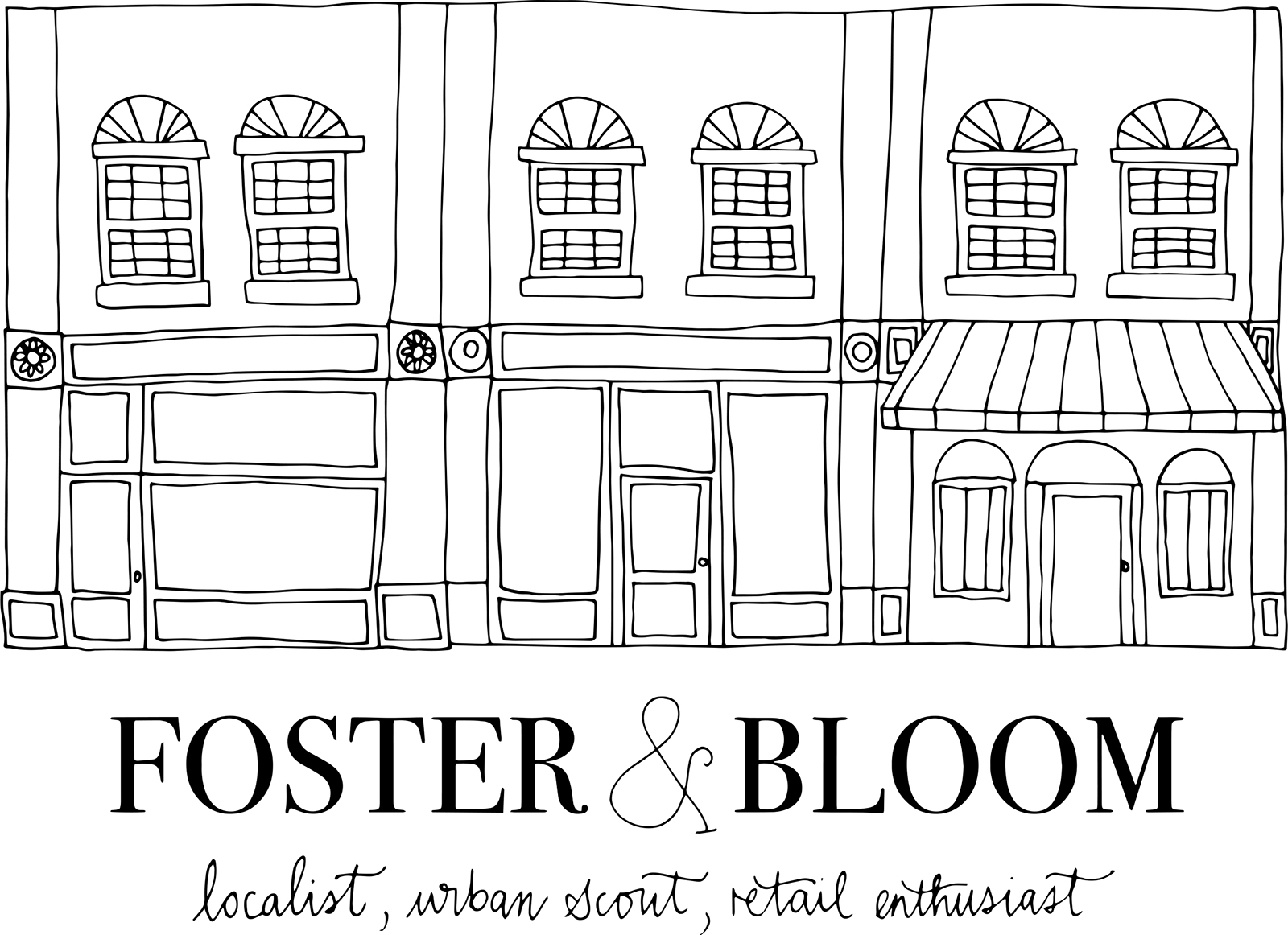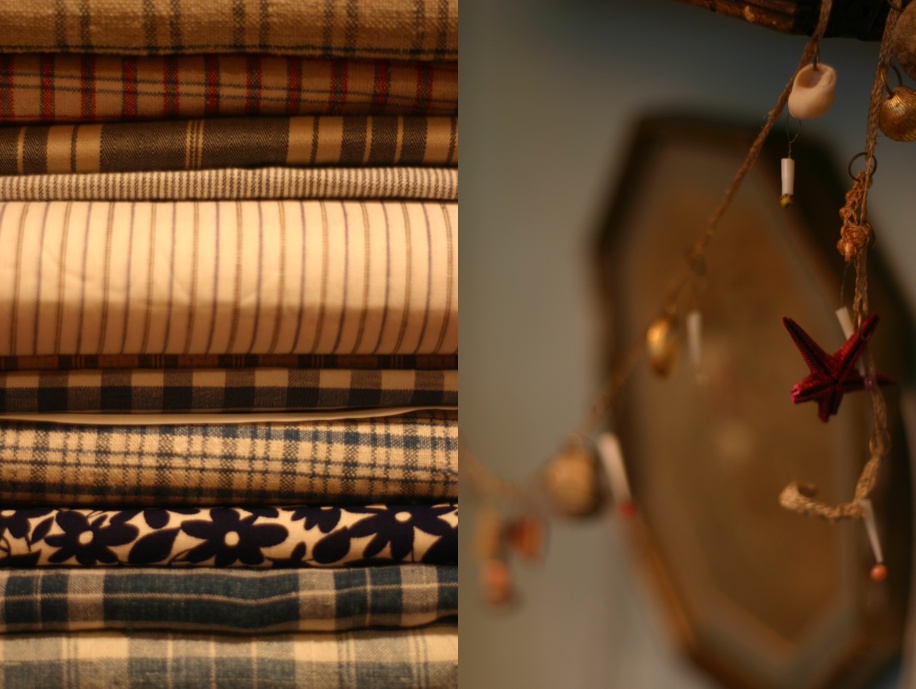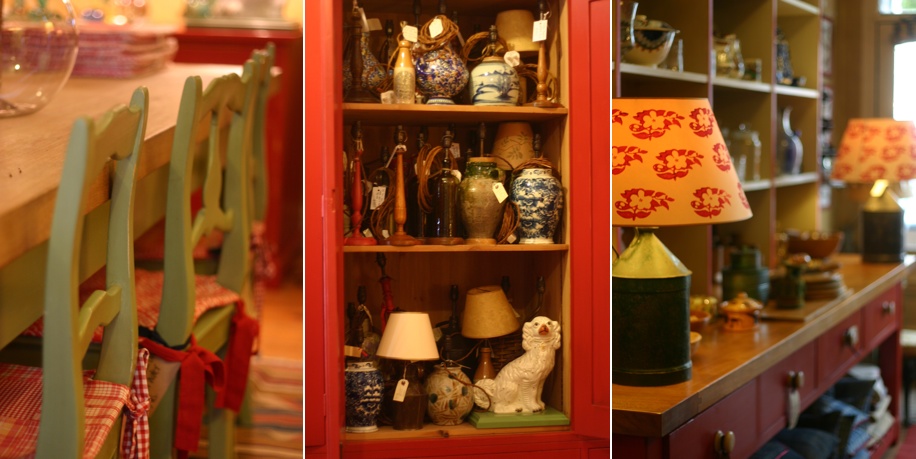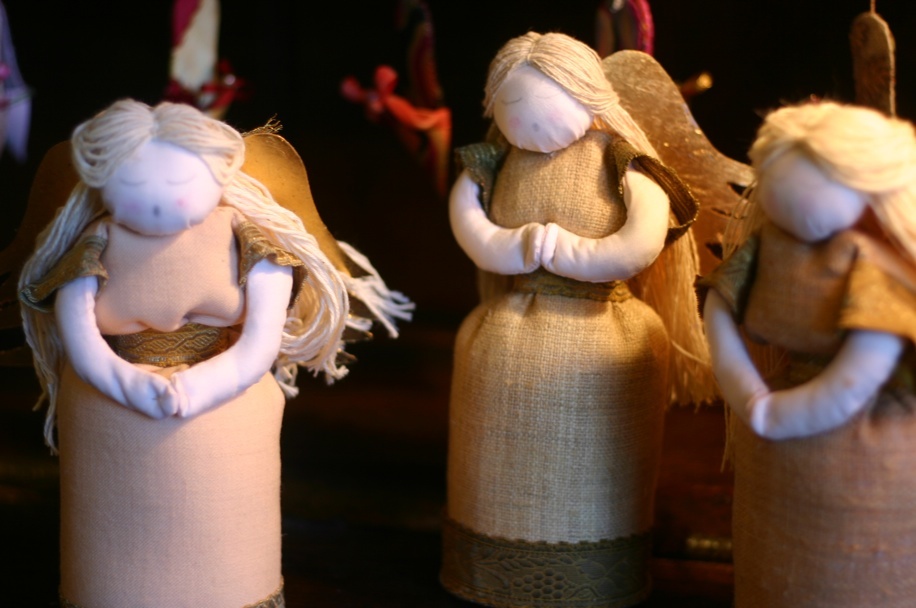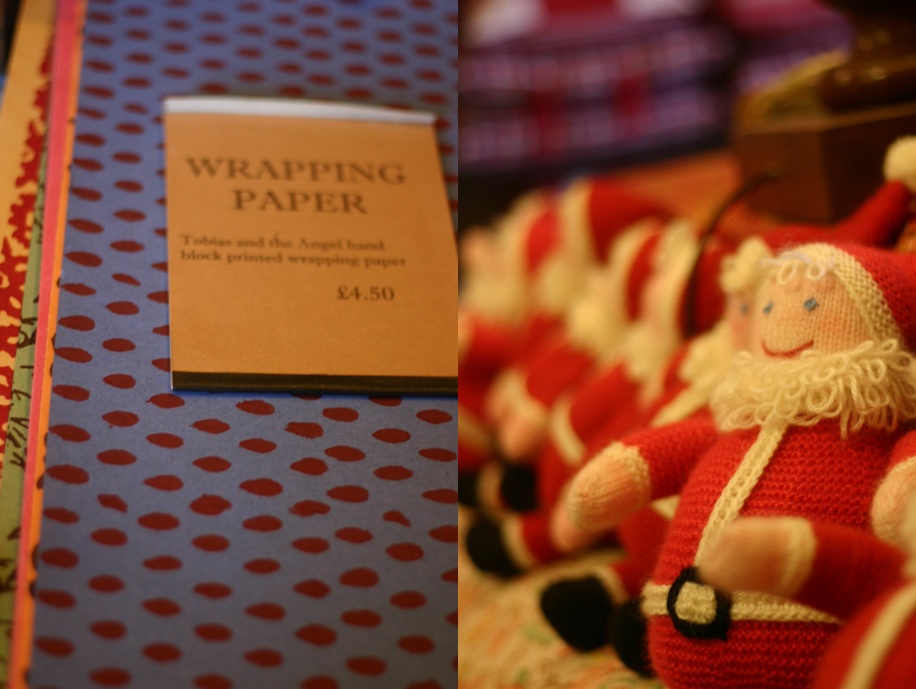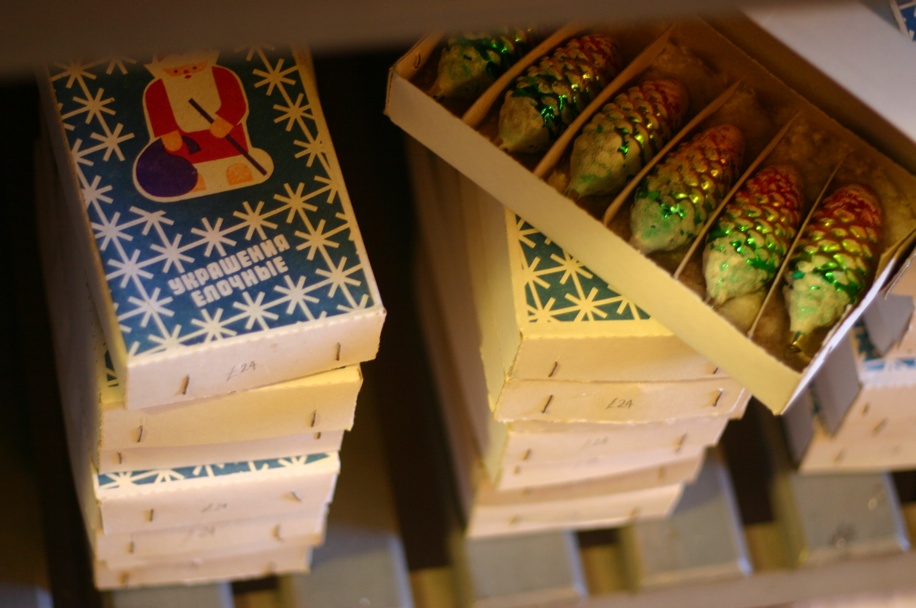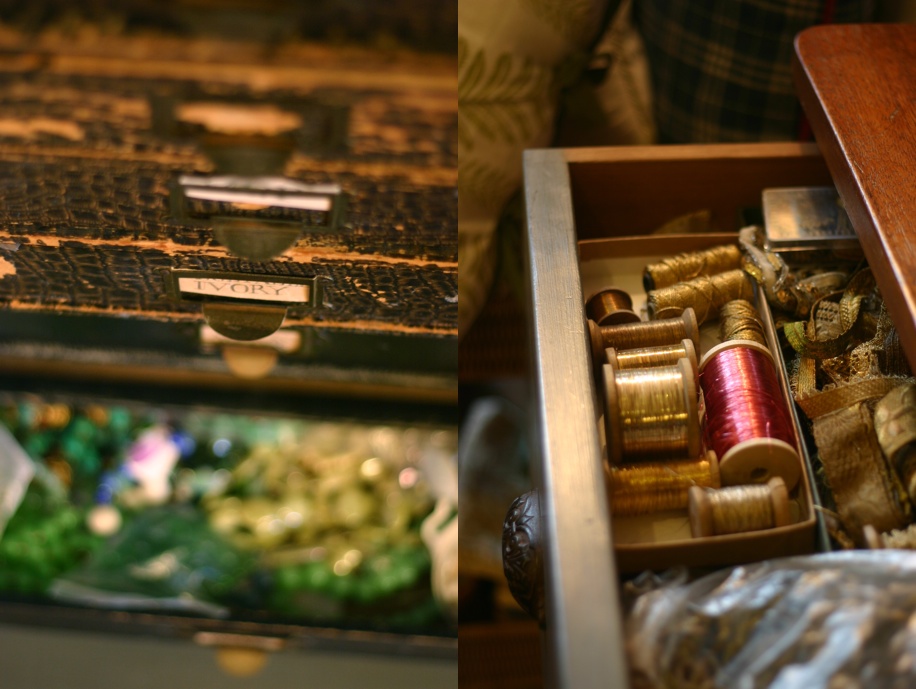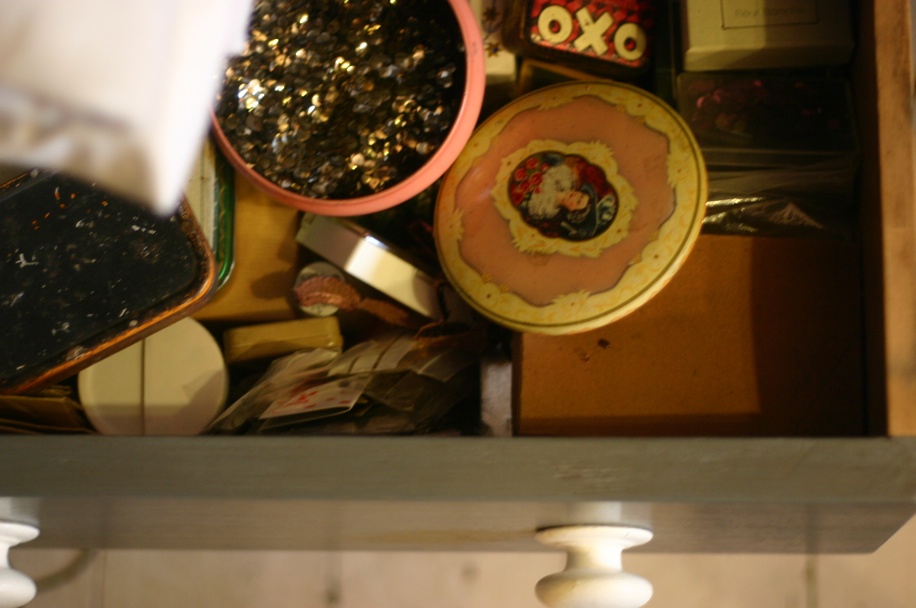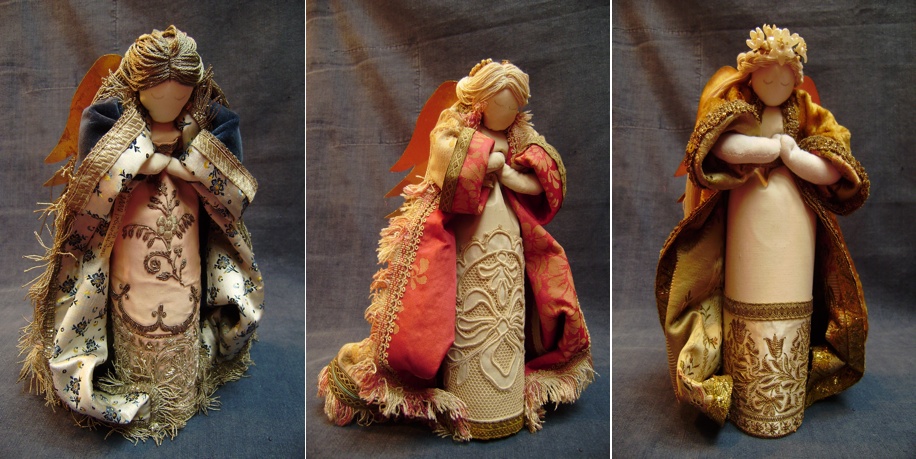Drink, Shop & Do. 9 Caledonian Road, London N1
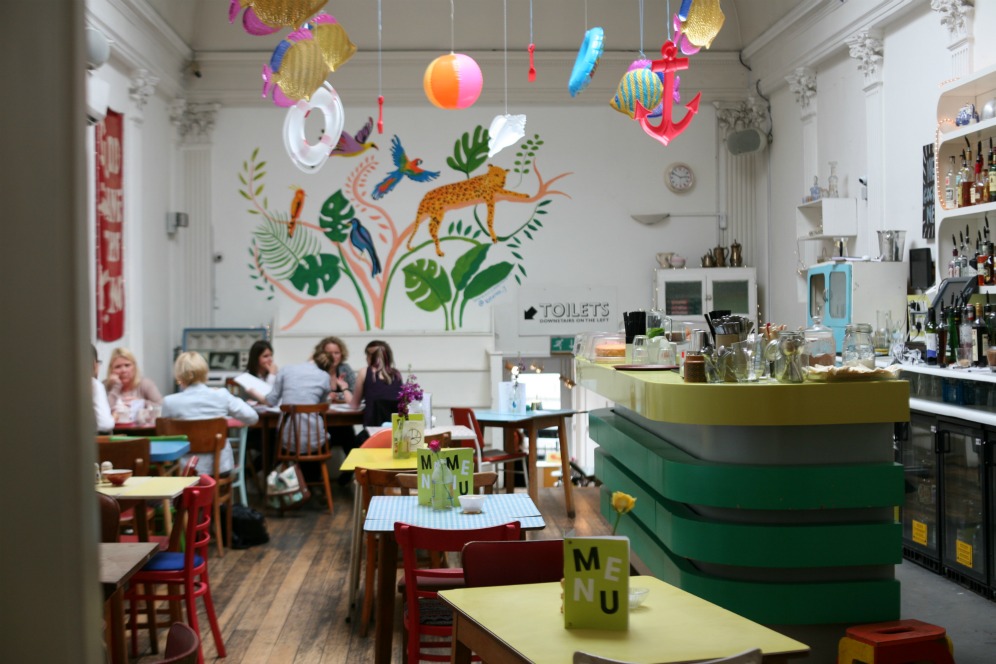
Six years ago, a couple of best friends sat on a pub bench in the summer sun, nursing a pint of cider. They were 24 year olds on the cusp of change; one becoming bored with her job, the other in a reflective mood because of an illness in the family. “What would your dream job be, if money were no object?” they asked each other. Within a year, they had made their dreams a reality, in the form of a shop/café/bar in London’s King’s Cross. READ MORE
London
Drink, Shop & Do. The marvellous result of dreams, made real.
Semmalina. “Full of things you don’t need, but suddenly want.”
Semmalina-Starbags, 225 Ebury Street, London SW1W 8UT
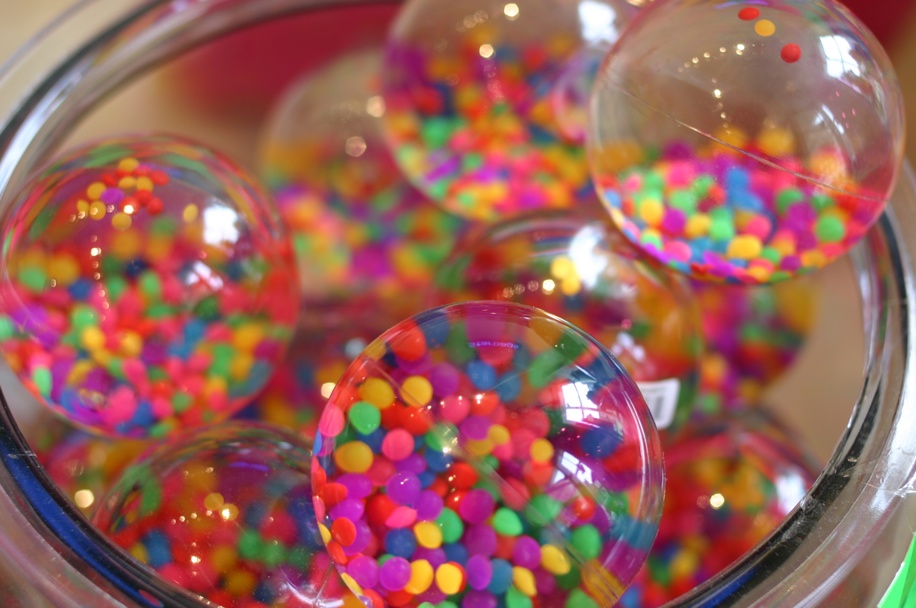
Every city has a toy shop. London has several. There’s years old and wonderful Benjamin Pollock’s; Notting Hill’s lovely Dotty Dot and Honeyjam; Traditional Toys, the wooden toy specialist in Chelsea Green; and of course, grand old Hamley’s, “the biggest in the world.” What sets Semmalina apart — a shop full of toys, children’s clothes, arty prints, vintage bits of kids furniture, a party/gift bag service and even a self-contained sweet shop — to make it a truly Unique Boutique, is the highly personalised customer service its owners provide. READ MORE
Tobias and the Angel. A shop that feels like home. Part Two
Tobias and the Angel, 68 White Hart Lane, Barnes, London, SW13 0PZ
(…continued from last week’s post)
When it opened 23 years ago, Tobias and the Angel was smaller than it is now. It was, from the beginning, full of all sorts of things – a combination of cloth, furniture, china, even gardening tools sat alongside one another. There was, and still is, something to interest everyone. Says Angel:
“It fascinates me that somebody can come into the shop and see one thing, while another person can see something completely different. Some people come in and see things in very unsophisticated light – because all of the things are deceptively simple ‘Oh it’s a lovely country style’ and all that but it’s not. Some people come in and see luxurious decorated slipper, the brocade, and some people the linen check or the cool whites…”
Angel has gradually added more and more of T&A’s own creations to her offering. At first, Toby and Sean (Angel’s older brother), set up a workshop to make furniture. This all evolved rather organically. Sean learned, piece by piece, to make simple but nice, wooden objects that were not ‘designed’ as such but “made out of what you know,” as Angel puts it.
“’Sean, I need a table,’ I’d say, ‘I think it would be great if we copied the table that came from the lunatics’ asylums when they were being dismantled.’ They were 12 feet long, fantastic tables… of course I bought them all for next to nothing and I had absolutely nowhere to put them and they had to live in a field.’
Sean, it seems, can teach himself anything. Today, he and Mark (Mark Betty, part of the T&A family for 14 years) continue to build an ever-expanding array of things: lamps made from unusual antique objects, beds, chairs, centre islands, dressers, chests, drawers, benches. Sean and Mark are currently installing the plumbing-works (and indeed almost everything else) for an entire house, a recent commission by a couple of young actors in Chiswick. “It’s beautiful, the plumbing; all surface done.” says Angel.
For many, T&A’s defining and most coveted products are available but 2 months a year. In early-November, the shop is closed for a week, only to reopen transformed, ‘a la surprise’. Out come rows and rows of Christmas angels both ornate and plain, pretty fairies in lace dresses wearing sweet printed knickers. There are hundreds of brocade and silk Turkish slippers in various sizes; old glass baubles; garlands made from pieces of ivory and bone; fabric-covered baubles; scented stuffed fish; large, multi-faceted stars made of brocade and lovely velvets; and Christmas trees made from mohair spun on wire, their branches hung with tiny vintage baubles and each topped with a sparkling star.
According to Angel, “Germany does Christmas like nowhere else.” Her childhood memories are of an altogether otherworldly, less materialistic approach to the holiday. Angel remembers not masses of presents from Father Christmas, but being sent out of the room to wait for the ring of the Christ-child’s bell on Christmas Eve, the wonder and beauty of musical boxes, gold-spun hair on angels and proper real lit candles on her Christmas tree. Coming to England, she got a rude awakening:
“I thought decorations in England were terrible; crude, coarse colours…horrible. I started with a book: ‘Compendium of Victorian Craft,’ Mother had got me. In it was how to make 6 decorations for the tree, and one of them was the Turkish slipper. I wanted things to be as gorgeous close-up as they were from a distance. The cloth is never disappointing to me. The velvet that looks like red silk velvet probably is red silk velvet…or it is a wonderful old brocade made of gold thread or the beads are the right kind of thing…if someone had told me that my Christmas fairy had chips of emeralds around its neck…or a coral necklace or whatever, it’s the stuff of fairy tales…every year you’d put your hand to it and you’d think: ‘emeralds…!’ They’re tiny chips — they’re not worth the earth – but that’s what they are.”
After my interview, Angel’s niece Rose shows me to the basement storeroom and lets me peek into its large cupboards full of decorations. I am in awe of the shop’s huge collection of vintage glass baubles, all the carefully-sewn fairies and glamorous angels with their different personalities, gilded wings and ornate, lined silk coats, and the sheer time and effort put into in their creation. Teams of women do small-scale, hand-sewn batches of these decorations year-round; they need to start in January to keep up with demand at Christmas. They use gorgeous old laces, silks and brocades, beads, braids, ribbons and semi-precious stones to make each and every one different. Casting my beady eye on the shop’s wooden cases and drawers full of old ribbons, beads, sequins, stones and other precious bits and bobs, I feel overwhelmed and slightly giddy. “But how do you choose?” I ask Rose. “Yes, how do you choose?” she replies with a sigh.
Rose says it’s impossible to count the hours involved in making one angel: “They demand your complete concentration. Angel wants them to be exactly right. It’s choosing the cloth that’s the hardest part, finding what’s good enough. It’s not just the making, but the thinking that takes a long time. It’s never a question of how long it takes, to Angel, just how beautiful it is.” Which explains why some of these angels are collector’s items, numbered each year and some valuing up to £295.
Angel shows me a large Turkish slipper she has on the go, which in their smaller size are ostensibly tree decorations, but the larger ones can be used as anything – for holding matches or kindling next to the fireplace or glasses next to the bed. She points out exactly why she chose each fragment of cloth on this one individual slipper, from a deep green “bazzar” brocade that is “quite old, 1780 maybe,” to a bit of priest’s vestment, to a salvaged scrap Mark obtained from the last place he worked. It is very important to Angel that, from every angle, back or front, each piece looks as good as the other. The sewing, Angel’s own, is immaculate.
T&A’s block-printed cloth is another mainstay. One of Angel’s future ambitions is to mass produce a really nice quality printed cotton, “like the early Laura Ashley cottons.” Angel acquired her block-printing equipment years ago from ‘Yately Industries for the Disabled,’ a community of men and women whose knowledge of the block-printing process was passed down from a young physiotherapist visiting India in the 1930s. It’s not an easy thing to do: hugely time consuming, and even Angel admits, commercially unviable. Angel decided on a whim to purchase the equipment from Yately – who were selling due to cutbacks in government funding — thinking of her beautiful collection of vintage linens, and then spent 3 years learning how to use it. The results are wonderful. Angel has perfected a technique that beautifully showcases the richness and quality of the vintage cloth she uses, and she developed a new passion for printing in the process. T&A now offer monthly block-printing workshops in the Surrey countryside, where you can choose a colour and a design from over 3000 blocks in their library, and spend the day learning to print enough linen to make your own runner, bag or cushion. Linen, lunch, tea and cake at the end of the day are all included in the cost of £150.
Nearing the end of our interview, I ask Angel what else she would have done in life, if the shop had never been. She says she could have become a teacher, or that “it would have been nice to feed people.” I tell her that it seems to me she’s done both – literally and figuratively. Angel nods. She says she’s most proud of having made something that has given work to so many talented people:
“My nephew has worked for me and recently got married and got a mortgage. Somehow that’s been made possible by what the shop’s put together. Often I consider it a failure and if I look at it on a purely financial level – I don’t have a nice new car and I’ve never bought myself a new sofa – it is. But it’s been successful in terms of people and also in terms of allowing an idea. There are a hundred other ways to view something as successful.”
In Tobias and the Angel, Angel Hughes has succeeded in creating not just a shop that feels like a home, but a large, happy family of both people and ideas — surely worth more than anything.
